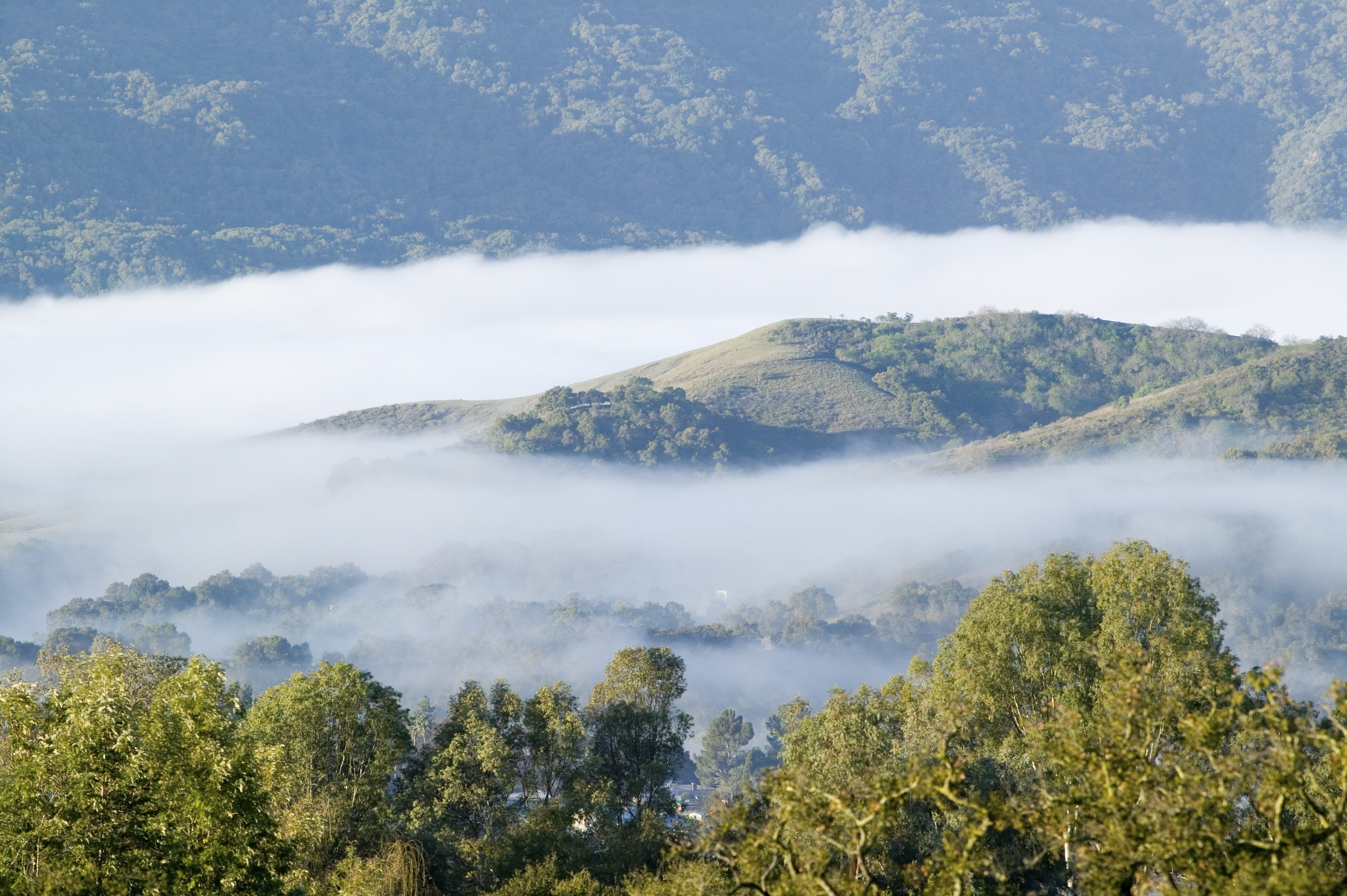When Pollution Gets a Whiff of Trees
Submitter:
Area of research:
Aerosol Properties
Journal Reference:
Science
It's easy to visualize particles and gases from vehicle exhaust or burning trash wafting into the atmosphere. It's harder to envision similar gases and minute particles emitted from trees and plants in the forest. What these two have in common is carbon. According to a multi-institutional team of scientists led by Pacific Northwest National Laboratory, when polluted city emissions travel miles away, they eventually mix with forest emissions. The result is the addition of new carbon-containing particles, which scientists call secondary organic aerosols. These atmospheric particles can have a large impact air quality, visibility, human health, and ultimately, the climate.
Impact
This study used measurements gathered during the Carbonaceous Aerosols and Radiative Effects Study (CARES) field campaign. During CARES, scientists led an intensive month-long field study to research the evolution and effects of aerosol particles and gases emitted from various sources such as exhaust fumes, wildfires, and agricultural burning sources. Using the collected data, the team evaluated the mix of emissions from the city area of Sacramento, California, and natural emissions from the Sierra Nevada forests.
Researchers took daily ground and airborne measurements from 22 research flights using the U.S. Department of Energy’s Gulfstream-1, which holds sophisticated atmospheric sensing equipment. The sampling showed the Sacramento polluted air was transported miles away, producing increased levels of secondary organic aerosols in the areas where city and tree emissions mixed.
“This process is a result of human activities and is not yet well understood. The level of organic aerosol produced from mixes of city and tree emissions is greater than we expected, which may impact the way we look at future climate change,” said lead author and PNNL atmospheric scientist Dr. John Shilling.
Summary
Secondary organic aerosols are formed through complex physical and chemical interactions between gases and pre-existing particles in the atmosphere. They are very important to understand because 30 to 90 percent of the total particle mass in the atmosphere is organic, or carbon-containing. Scientists are working to describe the various sources of atmospheric carbon and how they mix and react with each other to understand their effect on climate. Accurately predicting how these particles form will help scientists and policy makers understand and predict future global climate change.


